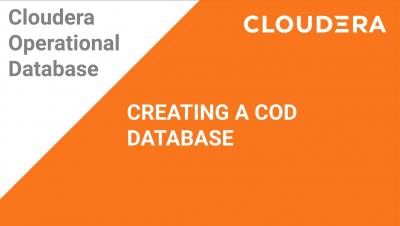Benchmarking Redis with k6
Previously, I have covered an article on Load Testing SQL Databases with k6 . For your information, from k6 version 0.29.0 onwards, you can write a k6 Go extension and build your own k6 binaries. This comes in handy as you can use a single framework for load testing different protocols, such as ZMTQ, SQL, Avro, MLLP, etc. In this series of k6 extensions, let’s benchmark Redis now.






